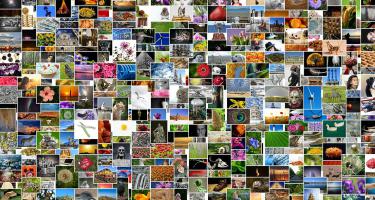
Finding the science in any story
Finding a scientific angle on a trending news topic may be more likely to pique an editor’s interest, according to the article in The Open Notebook.

Finding a scientific angle on a trending news topic may be more likely to pique an editor’s interest, according to the article in The Open Notebook.

Learn more about organizing a news story in this article from CubReporters.org.

Find out the best ways to use university public information officers to find ideas for features and front-of-book stories for magazines in this article from The Open Notebook.
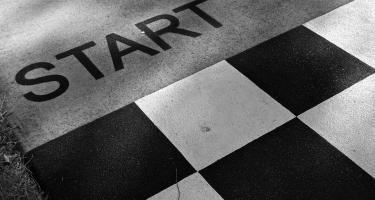
Are you new to science writing? Get tips in this article from The Open Notebook.

The Open Notebook tackles the issue of pinning down sources for interviews.
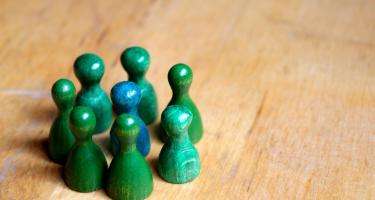
Science journalism and science writing have a diversity problem, and solving that problem was the focus of the opening plenary session at the ScienceWriters2019 meeting.
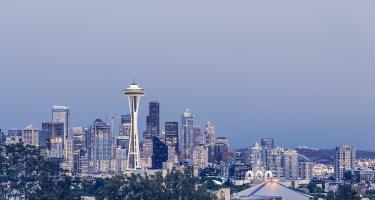
The National Association of Science Writers (NASW) is again sponsoring several exciting programs for student journalists during the AAAS meeting, being held next in Seattle, Washington.
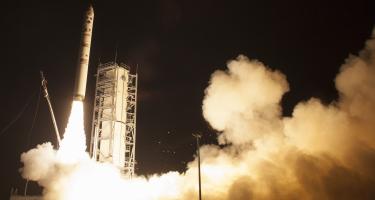
To boost your chances of getting an interview, carefully prepare each introductory email for each source, and use more formal language, closer to what would be found in a scientific paper than in a magazine article.
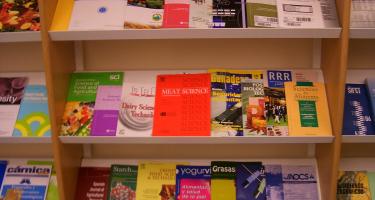
Every science writer needs to be able to dive into the literature quickly, and come out not just with information, but with news, stories, a list of sources to interview, and questions to ask them.
Poynter's Beth Winegarner lists a half-dozen ways for freelancers to build their businesses. Many of them boil down to finding a network and making the most of it: "Thanks to Facebook and Twitter, connecting with fellow freelancers has never been easier. Knowing who’s writing, and who they’re writing for, gives you a good sense of which publications are open to taking freelance work," Winegarner writes. Also, do your homework, and "pitch more than you can write."